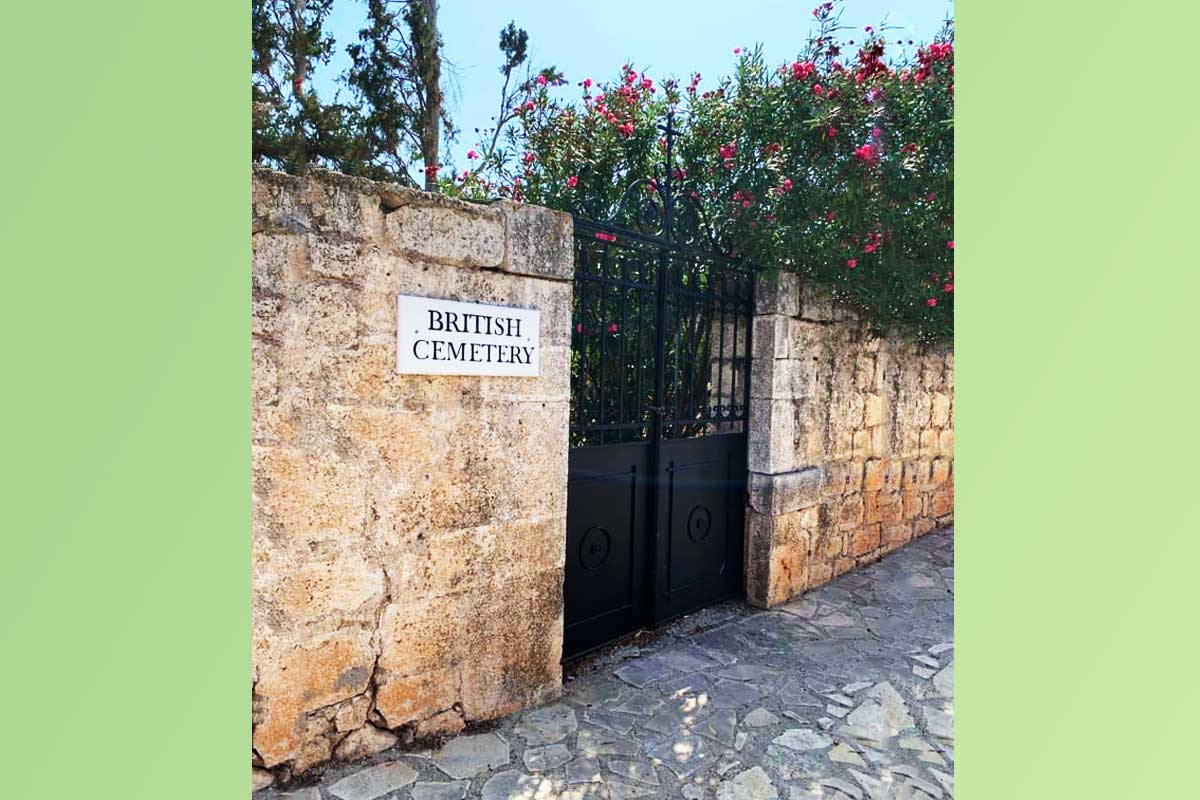The British Cemetery in Kefalonia is a historic burial ground located on the Greek island of Kefalonia. The cemetery was established in the 19th century to serve the needs of the British community living on the island. At the time, Kefalonia was under British control, and many British soldiers and administrators were stationed there.
The cemetery is situated on a hillside overlooking the town of Argostoli, the capital of Kefalonia. It is a peaceful and serene place, surrounded by tall cypress trees and with a stunning view of the Ionian Sea. The graves are laid out in neat rows and are marked with simple stone markers, many of which are inscribed with heartfelt messages from family members and loved ones.
One of the most notable graves in the British Cemetery is that of Dr. Louis Charles Watkin, a British physician who served in the Royal Navy during World War II. Dr. Watkin was killed when the ship he was serving on, the HMS Aurora, was torpedoed by a German submarine in 1943. His grave is marked with a simple cross and a plaque that bears the inscription “Greater love hath no man than this, that a man lay down his life for his friends.”
Other notable graves in the cemetery include those of soldiers who served in the British Army during the First and Second World Wars, as well as civilians who lived on the island during the British occupation. Many of the graves are still tended by local residents, who take great pride in maintaining this important historical site.
Today, the British Cemetery is a popular destination for visitors to Kefalonia who are interested in the island’s rich history and cultural heritage. The cemetery is open to the public, and visitors are welcome to explore its peaceful grounds and pay their respects to those who are buried there.


